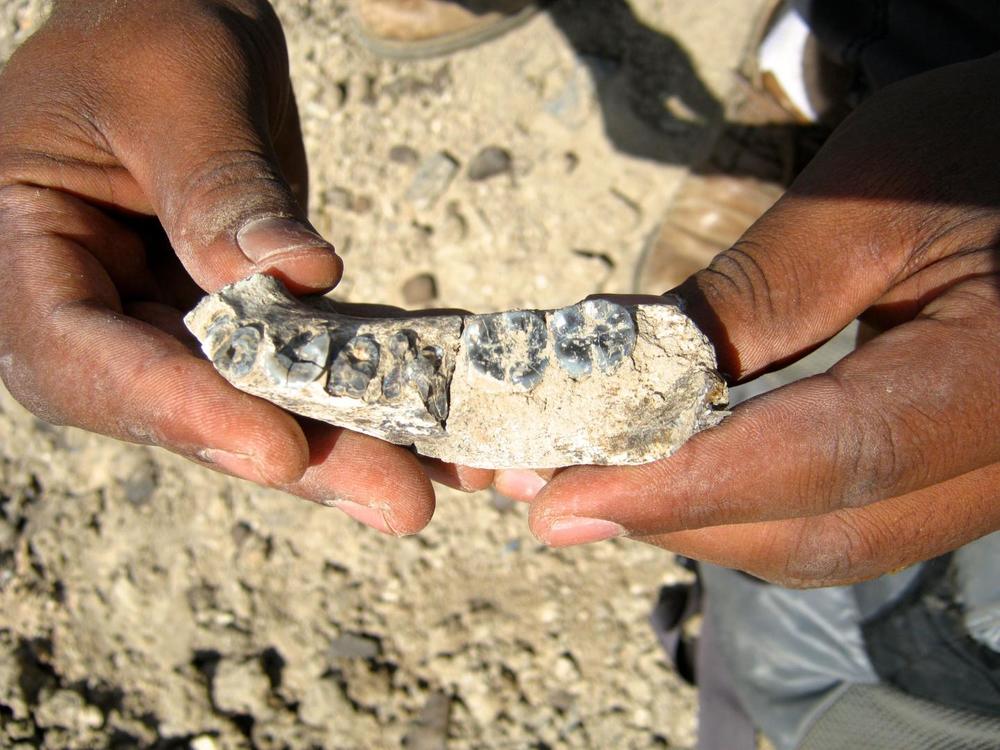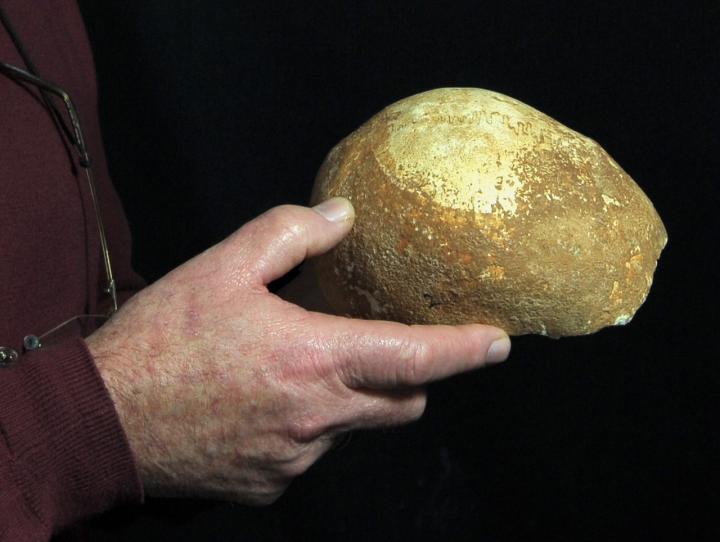In the News | Journal Article
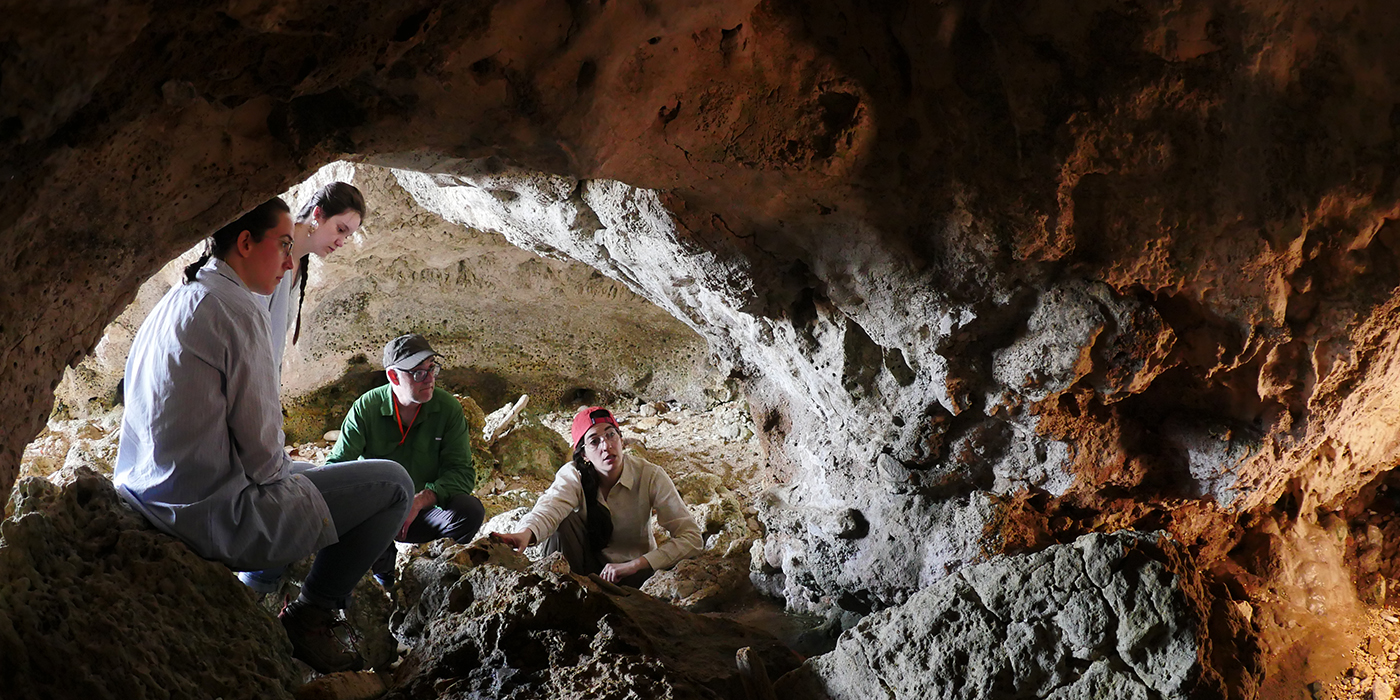
What brought the first humans to Sicily, and how did they get there? Scientists are finding new evidence along the island’s southeastern coast, where land and underwater caves hold clues about the island’s first settlers.
In a new study funded in part by The Leakey Foundation and published in PLOS ONE, an international research team documents the contents of 25 caves and rock shelters in southeastern Sicily. The study authors tracked down forgotten cave sites and surveyed previously unexplored coastal areas, uncovering three new sites with potentially important archaeological sediments.
“What we are looking for is not just the first person who arrived, but the first community,” said Ilaria Patania, a Leakey Foundation grantee and assistant professor of archaeology at Washington University in Saint Louis. “Understanding the timing of the initial colonization of Sicily provides key data for the pattern and mode of the early expansion of Homo sapiens into the Mediterranean.”
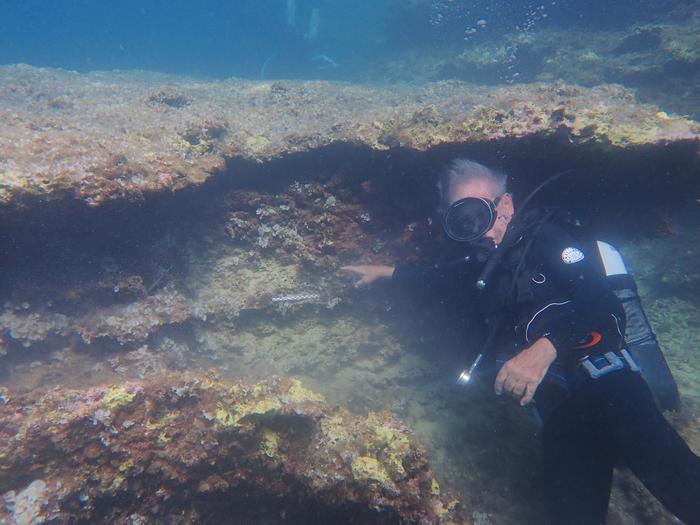
Tracing human expansion
Many scholars consider Sicily to be the earliest island in the region permanently occupied by humans, but when and how this happened remains unknown. Although Sicily is less than two miles from mainland Italy, the water crossing would have been extremely difficult for early humans.
Other studies have primarily focused on potential entry points on the island’s northern side. This study took a different approach, exploring new possibilities along the coastline.
“This research shows that new ways of thinking and looking can reveal patterns that weren’t visible before,” said co-author T.R. Kidder, the Edward S. and Tedi Macias Professor of anthropology at Washington University in St. Louis.
“Previous scholars assumed that sites on the southern coast of Sicily would be eroded or too damaged to yield useful information,” Kidder said. “But finding underwater sites opens up a whole new terrain to study. It allows us to reconsider routes of migration of these earliest modern human ancestors.”
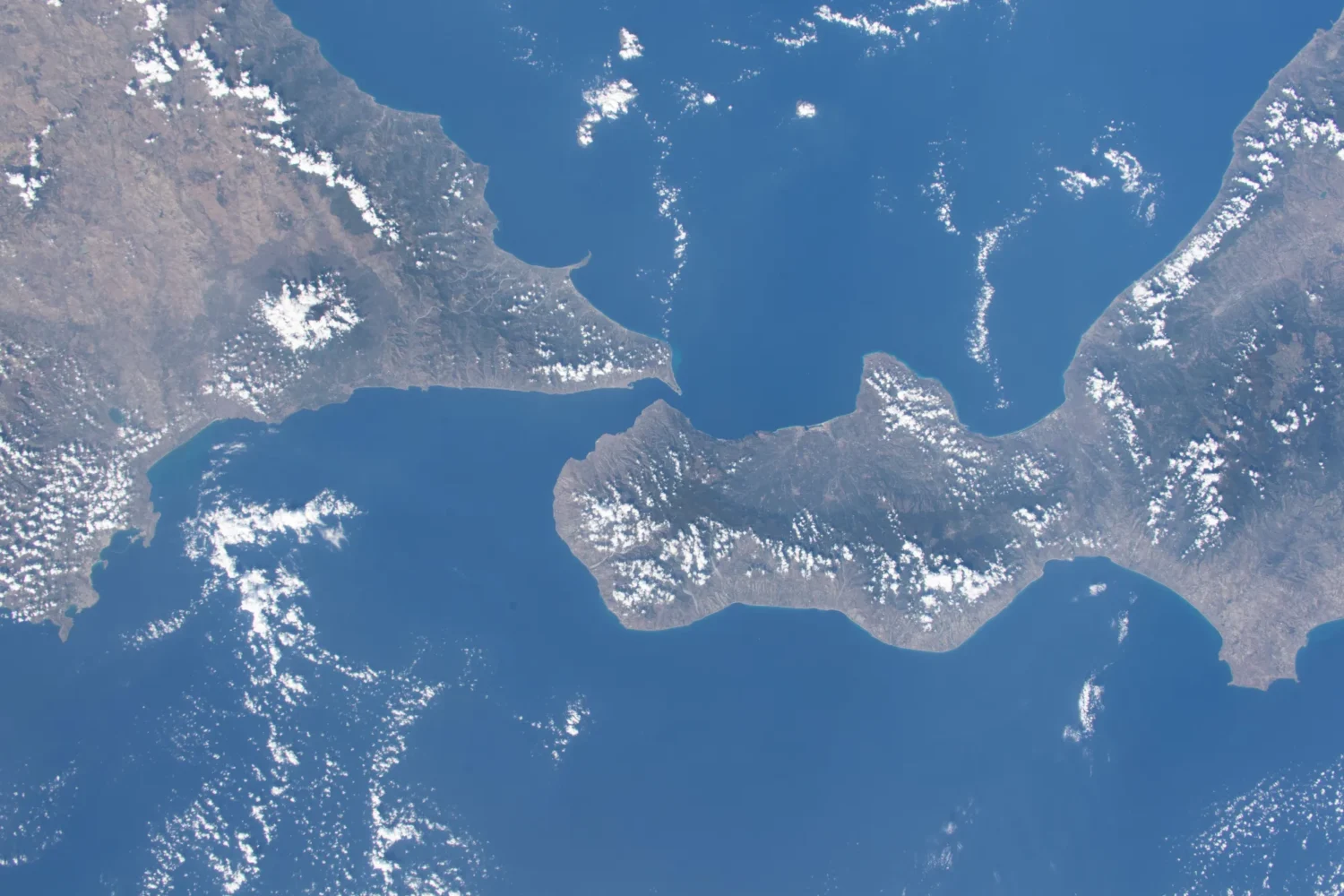
NASA
Dangerous water crossing
Sicily, the largest Mediterranean island, is located just off the “toe” of Italy’s boot.
The waters between Sicily and Italy are so treacherous that sailors once believed monsters lurked there. Homer’s Odyssey tells how Odysseus faced the six-headed Scylla and the whirlpool-creating Charybdis as he crossed the Sicily Strait.
In modern times, thousands of migrants from North Africa attempt to cross the strait each year. Many don’t make it, some capsizing just a few hundred meters from landing.

Ilaria Patania, a native of Sicily, has a deep respect for the power of the sea. Her grandfather was a fisherman who worked on the same shores she now studies.
“Very early on, I was taught that the sea can be a great resource,” she said. “At the same time, you never turn your back on the sea. The sea can be very dangerous.”
This idea plays out in her research. “I’m very interested in how humans occupy marginal environments,” Patania said. “These are environments where if everything goes well, we are in perfect harmony with nature. But if something changes — and this could be something like global climate change, or something smaller, like the arrival of a new animal — it could be a catastrophe.”
When, where, and how
Scholars of the region agree that humans reached Sicily 16,000 years after the last glacial maximum. But that established date is puzzlingly late, given that humans are known to have reached Siberia about 30,000 years earlier. The discrepancy has led some to wonder if humans actually arrived much before the currently accepted dates.
Also, no one yet knows whether humans arrived on Sicily by seafaring, or by foot over a land bridge. Scientists also do not yet know what direction they came from.
“A challenge for understanding the spread of early modern human ancestors is that we don’t fully understand how they spread and colonized the world at a very early stage,” Kidder said. “As Ilaria says, this is a very marginal environment. Did folks come down from Italy and cross the Straits of Messina, or did they come from the south along the African coast? Or, is it possible that they were island-hopping across the Mediterranean? Locating sites on the south coast helps us consider pathways and thus modes of behavior.”
Patania leads a long-term research project focused on the early occupation of Sicily. “In southeast Sicily, very few Upper Paleolithic sites have been excavated and analyzed using scientific methods,” she said.
“Our project is still in its early stages, but already we have identified and assessed over 40 sites of interest, of which about 17 are sites that have been relocated with greater precision based on older identifications,” Patania said.

Eyes on the sea
Patania and her team scoured the archives of town libraries in Sicily, looking for evidence of forgotten cave sites. They read historical bulletins and news articles as far back as the 19th century. The researchers identified potential sites and reviewed records and photographs of materials recovered by local avocational archaeologists.
They also interviewed former excavation workers, recreational divers, and fishermen with intimate knowledge of the coastline. For example, one of the co-authors of the new study is a retired tugboat captain. Although he has no formal scientific training, he spent decades working on boats in and around the Port of Augusta. His knowledge was critical to the study’s success.
“The moment I said that I was looking for paleosols, and that paleosols look like clay dirt that could be red or gray underwater, he said, ‘I know exactly what you are looking for,’” Patania said.
Patania also partnered with the superintendent of cultural and natural heritage of Siracusa and Ragusa (two provinces of Sicily) and the superintendent of the sea of Sicily to locate and recruit other local experts and stakeholders.
As the research has progressed, Patania spoke with officers in the Italian navy about training members of their specialized dive team to help identify underwater archaeological features. These divers spend a lot of time in local waters clearing ordnance and other debris from World War II.
“We’ve started with the area close to the coast, and we’re slowly going to move further out in the years to come,” Patania said.
Excavations continue
Two of the new sites in the PLOS ONE study may contain Upper Paleolithic human occupation traces, including fossil fauna, study authors said.
Corruggi is located at the southernmost tip of Sicily. Other researchers originally identified the site in the 1940s. “This site is where a second land bridge would have connected this island with the island of Malta,” Patania said. “When we inspected this site, we found teeth from a European wild ass and stone tools,” she said. “Analyzing the remains from this site might give us insight on the very last leg of the human journey south into the southernmost coast of Sicily and off toward Malta.”
During the summer of 2024, project team members worked on excavating the second site, a cave called Campolato.
“Here we have discovered evidence for sea-level changes caused by the last glaciation and a localized earthquake that we are still investigating,” Patania said.
“We hope to reconstruct not only the timing of human occupation, but also the environment these people lived in and how they negotiated with natural events like earthquakes, climatic and environmental changes and maybe even volcanic eruptions,” she said.
The Early Occupation of Sicily Project is funded in part by The Leakey Foundation, the Rust Family Foundation, and the Archaeological Institute of America with the support of Italian and Sicilian governmental bodies.
Article provided by Talia Ogliore, Washington University of St. Louis.
Read the research
Patania, I., Ramirez, I. O., Carroll, P., Wroth, K., Zaia, S., Mauro, S. D., Falci, D., Lazagabaster, I. A., Minniti, G., Reitano, A., Insacco, G., Kidder, T., & Tryon, C. (2024). Between land and sea: A multidisciplinary approach to understand the Early Occupation of Sicily (EOS). PLOS ONE, 19(10), e0299118. https://doi.org/10.1371/journal.pone.0299118

